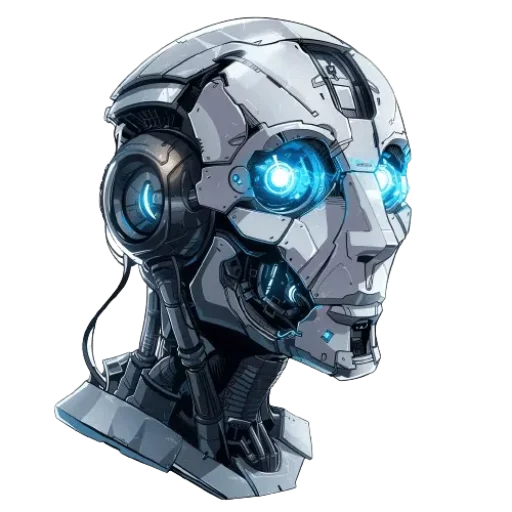Key findings
Generative artificial intelligence (GenAI) is not likely to impact Hazardous Materials Removal Workers.
This unique automation wave spares blue-collar workers due to GenAI’s inability to perform physical tasks.
The demand for these workers may even increase with the rise of premium goods and services.
Their skills in critical thinking, problem-solving, and coordination are irreplaceable.
GenAI’s limitations ensure the continued necessity of blue-collar workers in this field.
How could AI or automation replace or complement job activities?
Artificial intelligence, automation, or LLMs like ChatGPT could potentially assist Hazardous Materials Removal Workers by automating tasks such as identifying hazardous materials, tracking waste disposal, and operating equipment.
However, the complex and varied nature of the job may limit complete replacement by technology.
For instance, AI could help in monitoring contamination levels, but human judgment and physical skills are crucial in tasks like building containment areas or cleaning contaminated sites effectively.
Job description
Identifies, removes, packs, transports, or disposes of dangerous materials like asbestos, lead-based paint, waste oil, and more. Typically needs special training and certification in handling hazardous materials or a confined space permit. May also operate heavy machinery or trucks.


0 Comments